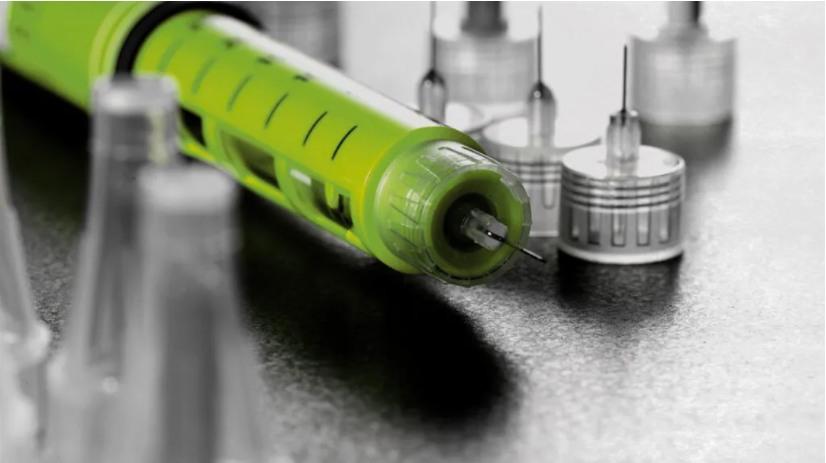How ventilation, filtration, and humidity may prevent coronavirus transmission Researchers from the University of Oregon measured the amount of virus particles that 11 students with COVID-19 released during certain activities.
The research team found higher ventilation, filtration, and humidity levels decreased the amount of virus particles in the air.
Scientists believe their findings can assist building operators with creating safer indoor environments.
A research team at the University of Oregon says ventilationTrusted Source, filtration, and humidityTrusted Source levels of an indoor room can reduce how easily a virus spreads.
Additionally, they found there was not much difference in the number of virus particles projected through the air between people standing 4 feet (ft) or 11 ft away.
The team believes their findings can assist building operators in creating an indoor environment that helps improve the health and safety of those inside.
Dr. Kevin Van Den Wymelenberg, architecture professor and director of the Institute for Health in the Built Environment at the University of Oregon, was the senior author of this new study.
According to Dr. Wymelenberg, the research team had three primary objectives for this study
First, the team worked to verify the ability of the AerosolSense™ air sampler from scientific instrument company Thermo Fisher Scientific to detect viral particles in rooms with individuals with a COVID-19 diagnosis under different indoor air conditions. Thermo Fisher Scientific supported this research study as part of the development and commercialization of the device.
“Second, we aimed to quantify the effectiveness of alternate ventilation, filtration, and humidification interventions to reduce the aerosol viral load in indoor spaces,” Dr. Wymelenberg told MNT.
“There are lots of mathematical models to estimate the effectiveness of indoor air disease transmission risk mitigation strategies, such as ventilation, filtration, and humidification, but to increase confidence, it is important to quantify these models in a physical setting.”
Finally, the research team's third objective focused on quantifying differences in near-field (4 ft) and far-field (11 ft) measurements of aerosol viral load.
Ventilation, filtration, and humidity
For the study, the research team recruited 11 University of Oregon students with a diagnosis of COVID-19. Participants performed a variety of activities, including talking, coughing, walking on a treadmill, and standing or sitting at a desk inside a self-contained, airtight modular building for 3 days. The room also featured two AerosolSense air samplers.
During the activities, researchers collected air samples to measure the number of virus particles in the air. They also looked at how many virus particles landed on the room’s surfaces.
The team examined how modifications to ventilation, filtration, and humidity levels in the room affected the number of virus particles in the air and landing on surfaces.
The team found that increased ventilation and filtration levels significantly reduced the amount of SARS-CoV-2 viral particles in both the air and on surfaces.
When humidity increased, viral particles in the air reduced by half, causing more virus particles to land on surfaces.
Dr. Van Den Wymelenberg also said the team's findings suggest there are no statistically significant differences between the amount of virus particles in the air compared with near-field (4 ft) and far-field (11 ft) distances.
“Upon further interpretation of the results, I would surmise that if there are differences between near- and far-field aerosol viral load, that the differences are modest and that we need to consider the importance of both near-field and far-field exposure, especially when we are considering 1-hour durations and room sizes similar to those used in this study,” he added.
Next steps to operating safe air spaces
According to their findings, Dr. Van Den Wymelenberg and his team believe they will help building operators with making changes to theirventilation, filtration, and humidification systems to help stop the spread of viruses such as SARS-CoV-2.
“It is exciting to confirm that indoor air strategies, such as increased ventilation, filtration, and mid-range humidification (40-60% relative humidity), can support safe air spaces,” he explained.
“Intentional humidification is not often incorporated into indoor spaces due to cost or maintenance concerns, but should be considered since it can support increased viral particle deposition as shown in this study, as well as support our bodies natural defense mechanisms by reducing the drying of our mucus membranes.”
Dr. Van Den Wymelenberg
Dr. Fady Youssef, a board certified pulmonologist, internist, and critical care specialist at MemorialCare Long Beach Medical Center, who was not involved in this research, told MNT he was excited to hear about this study and the innovation it offers.
“[A]s we move into the stage where we accept we're going to live with COVID and it's going to be around us, but we have to get back to our normal life, its going to be very important to focus on that aspect of it,” Dr. Youssef explained. “Im hoping there is going to be more activity and interest in that kind of […] implementation.”
“Its not just all masking and social distancing — there are other things we can do to the spaces that we live with so they can be friendlier to us and less friendly to the virus.”
Dr. Youssef
As for the next steps to this research, Dr. Van Den Wymelenberg said they are continuing to study the differences between near-field and far-field exposures using some novel gas-tracer methods.
They are also creating design tools to support architects and building operators who want to design and operate safe air spaces and develop technologies for near-real-time viral surveillance information.




